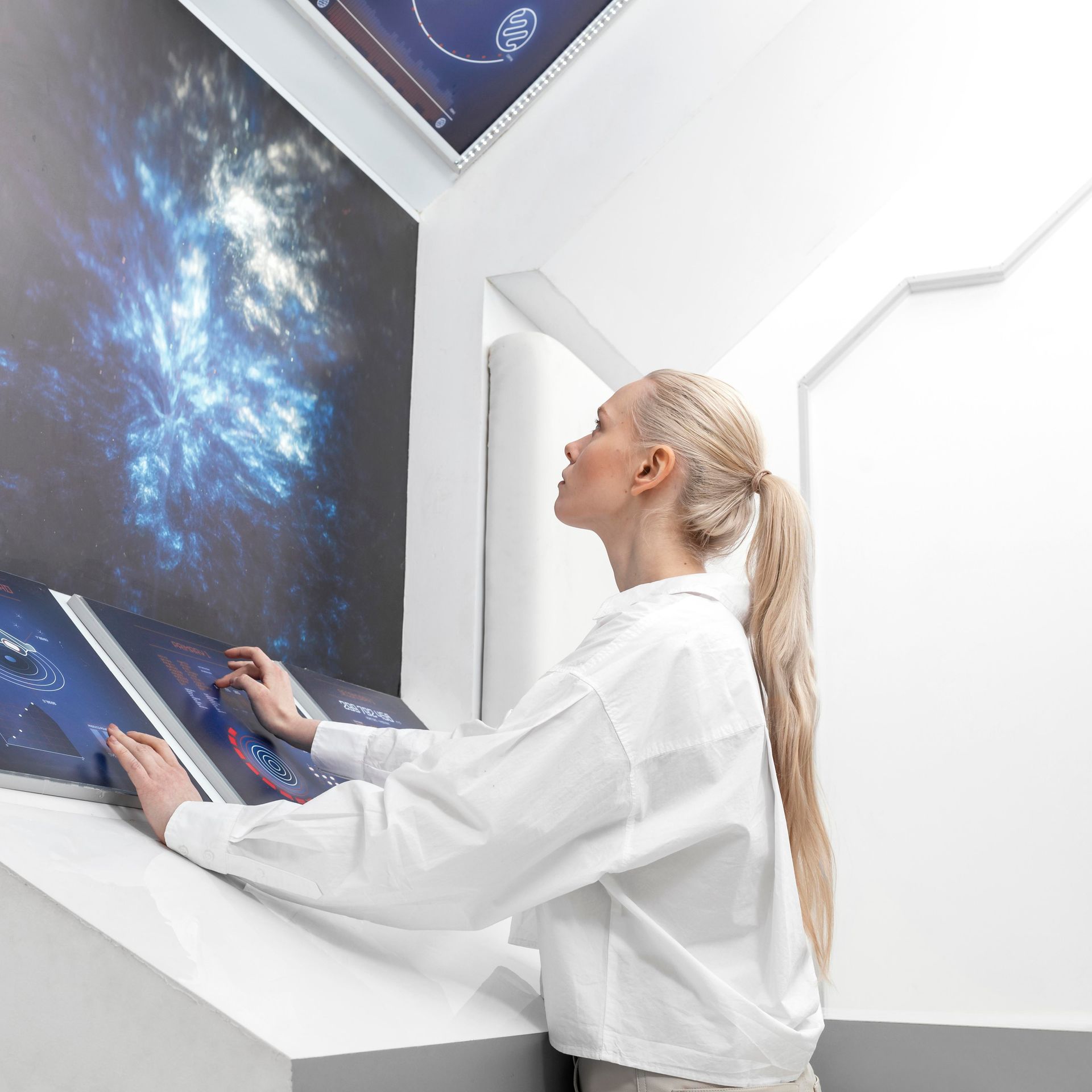Introduction
In the digital age, patient data security has become a paramount concern in healthcare. With the increasing reliance on electronic health records (EHRs) and other digital systems, safeguarding patient information from breaches, theft, and unauthorized access is more critical than ever. The integration of artificial intelligence (AI) in healthcare has introduced new opportunities for enhancing patient data security, but it has also raised concerns about potential vulnerabilities. However, when AI systems are combined with human oversight, the result is a more robust and secure approach to managing patient data. This article explores how AI and human collaboration can improve patient data security and protect sensitive health information.
The Role of AI in Enhancing
Data Security
AI has the potential to revolutionize patient data security by automating many of the tasks involved in protecting sensitive information. AI-powered systems can monitor networks, detect anomalies, and respond to potential threats in real-time, providing a level of vigilance that is difficult to achieve with human oversight alone. By analyzing vast amounts of data, AI can identify patterns and trends that may indicate a security breach, allowing healthcare organizations to take proactive measures to protect patient information.
One of the key advantages of AI in data security is its ability to detect and respond to threats more quickly than traditional methods. AI systems can continuously monitor network traffic, identifying unusual activity that could indicate a cyberattack. For example, AI can detect when an unauthorized user attempts to access patient records or when a large amount of data is being transferred outside of the network. By identifying these threats in real-time, AI can trigger automatic responses, such as blocking access or alerting security teams, to prevent data breaches.
The Limitations of AI in Data Security
While AI offers significant benefits for enhancing patient data security, it is not without its limitations. One of the primary challenges is that AI systems are only as effective as the data they are trained on. If an AI system is not trained to recognize a specific type of threat, it may fail to detect it, leaving patient data vulnerable to attacks. Additionally, AI systems can sometimes produce false positives, identifying benign activity as a potential threat, which can lead to unnecessary disruptions and a burden on security teams.
Another limitation of AI is its potential vulnerability to sophisticated cyberattacks. Hackers are continually developing new methods to bypass security measures, and AI systems are not immune to these threats. For example, attackers could potentially exploit weaknesses in an AI system’s algorithms or use adversarial techniques to deceive the system into allowing unauthorized access. These challenges highlight the importance of human oversight in ensuring the effectiveness of AI-driven security measures.
The Importance of
Human Oversight
Human oversight plays a crucial role in complementing AI’s capabilities and addressing its limitations in data security. While AI can automate many aspects of data protection, human expertise is essential for interpreting and responding to complex security threats. Security professionals bring a level of judgment and critical thinking that AI currently cannot replicate, making them indispensable in ensuring that patient data remains secure.
One of the key roles of human oversight is to review and validate the actions taken by AI systems. For example, if an AI system detects a potential security threat, a human security professional can assess the situation and determine the appropriate response. This ensures that false positives are properly managed and that legitimate threats are addressed effectively.
Additionally, human oversight is essential for ensuring that AI systems are properly trained and updated to recognize new and evolving threats. Security teams can continuously monitor AI performance, fine-tuning algorithms and incorporating new data to improve the system’s accuracy and effectiveness. This ongoing collaboration between AI and human expertise helps ensure that patient data security measures remain robust and adaptive to changing threats.
Enhancing Security
Through Collaboration
The collaboration between AI and human expertise creates a more comprehensive approach to patient data security. By leveraging the strengths of both AI and human oversight, healthcare organizations can create a layered defense strategy that addresses the complexities of modern cyber threats.
One example of this collaboration is the use of AI to handle routine security tasks, such as monitoring network traffic and detecting anomalies, while human security professionals focus on more complex issues, such as investigating potential breaches and developing strategies to prevent future attacks. This division of labor allows security teams to be more efficient and effective in protecting patient data.
Furthermore, AI can assist human security teams by providing real-time insights and recommendations based on the analysis of large datasets. For instance, AI can identify patterns in cyberattacks that may not be immediately apparent to human analysts, allowing security teams to anticipate and counteract potential threats. This collaboration enables a more proactive approach to data security, reducing the risk of breaches and enhancing the overall security posture of healthcare organizations.
Challenges and
Considerations
While the collaboration between AI and human expertise offers numerous benefits, it also presents challenges that healthcare organizations must address. One of the primary challenges is ensuring that AI systems are transparent and explainable. Security teams need to understand how AI systems make decisions and be able to justify the actions taken by these systems in the event of a breach or audit.
Another challenge is maintaining a balance between automation and human oversight. Over-reliance on AI could lead to complacency, while excessive human intervention could undermine the efficiency of AI systems. Healthcare organizations must carefully design their security strategies to ensure that AI and human expertise are effectively integrated and that both components are used to their fullest potential.
The Future of AI and Human Collaboration in
Data Security
As AI technology continues to evolve, the collaboration between AI and human expertise will become increasingly important in maintaining patient data security. Advances in AI, such as improved machine learning algorithms and more sophisticated threat detection capabilities, will enhance the ability of AI systems to protect sensitive information. However, human oversight will remain essential in ensuring that these systems are used effectively and that patient data is safeguarded against emerging threats.
In the future, we can expect to see more seamless integration of AI and human expertise in healthcare security. This collaboration will enable healthcare organizations to stay ahead of cyber threats, ensuring that patient data remains secure and that healthcare providers can focus on delivering high-quality care without compromising on security.
Conclusion
The collaboration between AI and human expertise is essential for improving patient data security in the digital age. While AI offers powerful tools for detecting and responding to cyber threats, human oversight is crucial for ensuring that these systems are effective and adaptable to changing threats. By working together, AI and human security professionals can create a more robust and comprehensive approach to protecting patient information, safeguarding the trust that patients place in their healthcare providers. As technology continues to advance, this collaboration will be key to maintaining the security and integrity of patient data in the ever-evolving healthcare landscape.
Recent Posts














